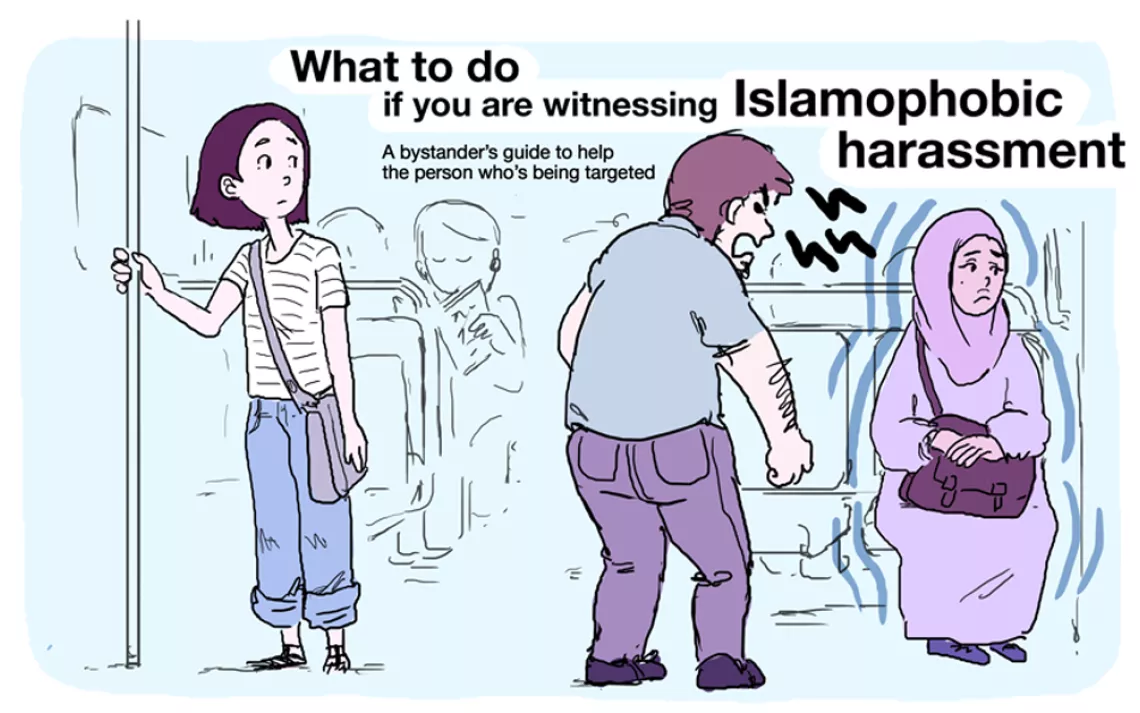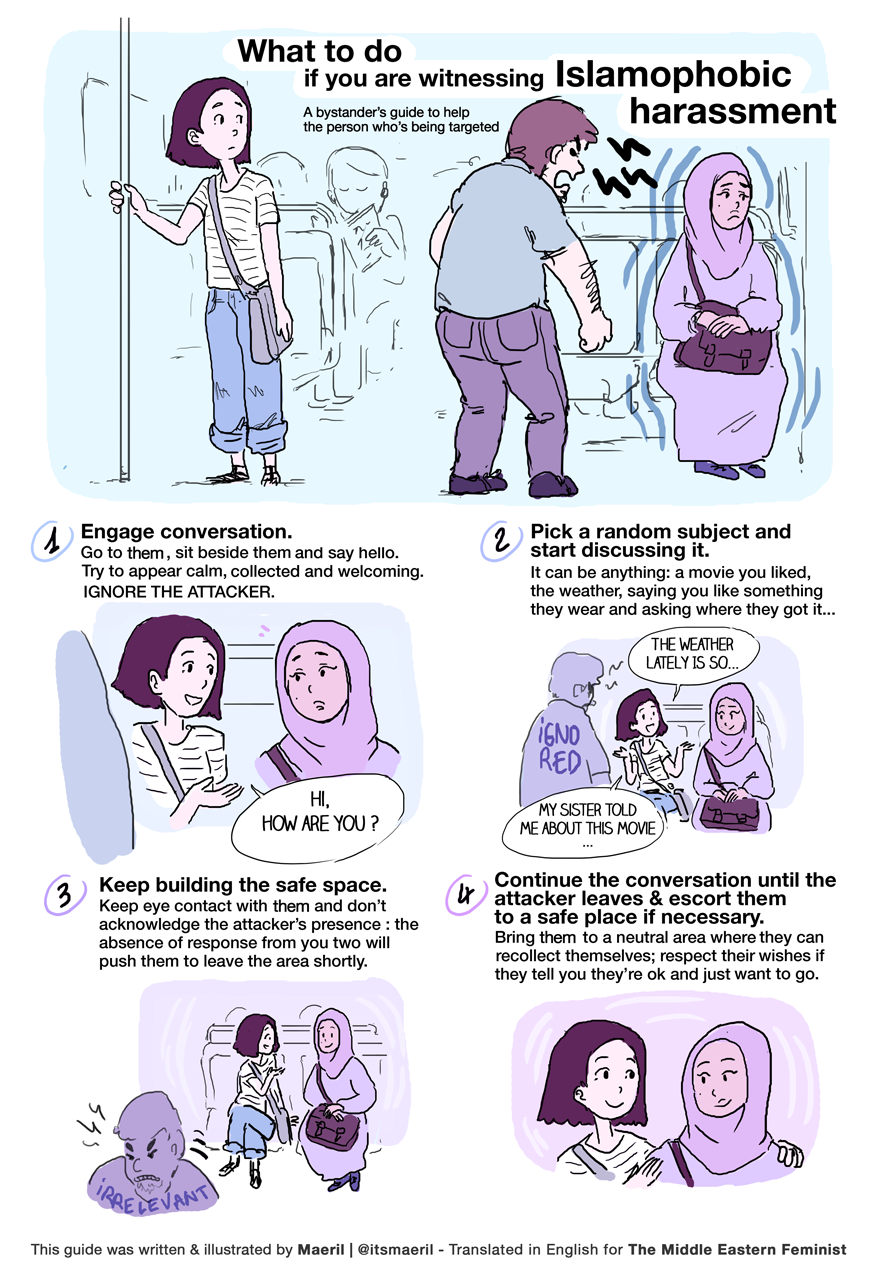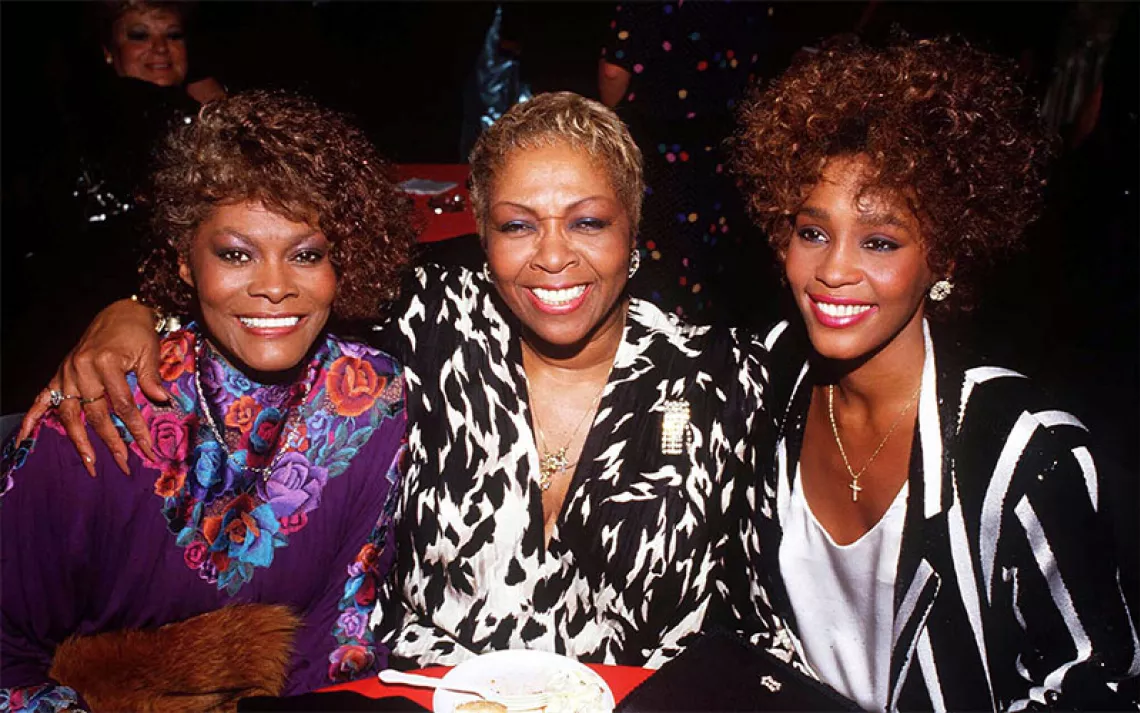What To Do If You See Someone Being Harassed
Simple strategies for making sure that love trumps hate

Illustration by Maeril
A Muslim student wearing a hijab is assaulted in San Diego by men making comments about Donald Trump. A gay couple in Lexington, Kentucky, finds a note on their windshield: “Gay families = burn in hell. Trump 2016.”Latino high school students in Northern California receive “deportation letters.”
Since the election, physical and verbal attacks have increased against women, gays and lesbians, African Americans, Latinos, Jews, and people of apparent Middle Eastern heritage. (Islamophobes seem unable to distinguish Sikh turbans from Muslim headgear.) As of November 14, the Southern Poverty Law Center had collected more than 400 reports of harassment and intimidation since Election Day. In 2015, hate crimes against Muslims were already up 67 percent, according to the FBI. It’s getting ugly out there.
We can all stand up against such hatred, however. While it is suddenly more virulent in the United States, similar waves of right-wing violence have taken place after the “Brexit” vote in Britain and the terror attacks in France. Europeans have developed strategies that we can use to protect those who are being targeted. For instance, a young freelance artist and illustrator living in Paris who goes by Maeril came up with this simple, nonconfrontational approach to Islamophobic harassment, which can obviously be adapted to many other situations.

Films for Action, “a community-powered news center and learning library for people who want to change the world,” has somewhat similar advice on Facebook in 5 Ways to Disrupt Racism. Again, the suggestions are clearly applicable to other forms of bigotry. Beyond saying you should offer immediate support to the victim, it recommends filming the incident if possible and safe, and making sure the victim is taken care of after the incident.
The Southern Poverty Law Center, which has been monitoring hate and extremist groups for decades, has a comprehensive guide to counteracting everyday bigotry called Speak Up. Incidents involving belligerent and aggressive parties are obviously fraught with potential danger, which may make some hesitant to speak out. The SPLC recommends these steps when assessing how to respond:
Assess your surroundings. A heated exchange with a stranger can escalate into physical violence; assess the situation before you respond. Is the speaker with a group of people? Is the space deserted? Are you alone? Are children present? Consider such things before responding.
Say nothing. A questioning glance may be an effective and nonconfrontational response in a situation in which you feel unsafe speaking directly. Keep moving.
Say something. If you choose to raise the issue, state your beliefs clearly: "I find that language very bigoted. It offends me." Or, "I think it's wrong to stereotype people."
Speak to the proprietor. If the incident happens in a business, leave. But before you walk out, let the managers know why you're leaving: "The man at the table next to mine kept using the N-word. It made me lose my appetite. Perhaps you should speak to him so you don't lose more business."
Report the incident to an advocacy group. Local advocacy groups, like LGBT centers and local minority alliances, often keep check on the pulse of a community. Call them and let them know what you heard, when and where. They may see patterns that you don't and can work with local government to address ongoing concerns.
To the latter point, the Southern Poverty Law Center is collecting incident reports at #ReportHate. The state of New York has begun its own registry at 888-392-3644. Elsewhere, Muslim Advocates has a state-by-state guide on How to Report a Hate Crime. As in other times of danger, if you see something, say something. Better yet, do something. We are all stronger together.
 The Magazine of The Sierra Club
The Magazine of The Sierra Club







